Bread Making Tips To Bake Great Bread at Home
Many people are highly intimidated by bread making. I’ve heard folks say everything from “I’m afraid of yeast” to “I can’t make bread.” And that last is usually before they even try their hand at it, so here are eight bread-making tips to help you.
With the proliferation of helpful tools–everything from wonderful bread cookbooks to stand mixers to electric bread makers to baking stones–one would think that bread baking has become more accessible. The basic ingredient list is straightforward to find.
Of the four main ingredients, water, flour, salt, and yeast, I’m willing to bet that everyone has at least three in their kitchen or pantry right now. So maybe what’s needed here is not gadgets but knowledge. Understanding how the ingredients work together, along with tips on technique, will hopefully help you become more confident and successful with your bread baking.
#1. Buy a Scale.
Successful bread dough is all about the ratio of flour to water. You will get more consistent and reliable results if your measurements are accurate.
If your bread recipe is written in cups, do the conversions. Measure flour in a cup and then weigh it. Write down the weight.
Do this three times, and then take the average of the three weights. For example, if your three cups weigh 4.3, 4.5, and 4.4 oz each, the average weight is 4.4. Now you can use that weight to do your conversions.
If the recipe calls for 7 cups of flour, you know you will weigh 30.8 oz.
#2. Proof Your Yeast

When you proof yeast, all you’re doing is proving that it is alive, the yeast is eating sugar and emitting bubbles of carbon dioxide because that is what yeast does.
If you start with brand-new yeast well within its use-by date, it is not strictly necessary to proof every time you bake, especially if you make bread frequently. But, if you found some yeast shoved into the back of your cabinet or haven’t baked bread in months, it is best to err on the side of caution and prove to yourself that the yeast is alive.
If you are using a bread recipe that calls for putting all your ingredients, including the yeast, in the mixer together and turning it on, warm up a portion of the water called for in the recipe. Yeast will die in temperatures of over 140°F anyway, which defeats the purpose of proofing your yeast in the first place.
Don’t stress over the temperature too much. As long as it feels warm and comfortable to you, it will be warm and comfortable for the yeast. Then, add a tiny pinch of sugar, a squirt of honey, or a splash of maple syrup, just enough to give the yeast a reason to wake up and eat.
Stir everything together and wait 10-15 minutes. You’re good to go if the mixture is nice and foamy with a dense head on top (like the head on a freshly pulled pint of Guinness stout). If you don’t see any bubbles, let alone foam, the yeast is dead and you’ll need to buy more.
#3. Limit the Flour in Your Dough.

One of the fundamental sticking points for many people is the range of flour amounts that many recipes call for. Most of us like clear instructions, and telling us that a specific bread requires between 7-8 cups of flour is just not precise enough for us. Maybe this will help.
Most sandwich bread does best when the ratio of flour to water is 2:1. So, for every 4.4 oz bread flour, you’ll need 2.2 oz water by weight. So, one-half the weight of the flour is the amount of water you’ll need.
Know that even if you think the dough seems too sticky if your ratio is correct, your bread will be just fine. Resist adding extra flour. While adding more flour does make the dough less sticky, it invariably leads to a dense loaf that does not rise as much as it should.
#4 . Don’t Use Flour When Kneading.
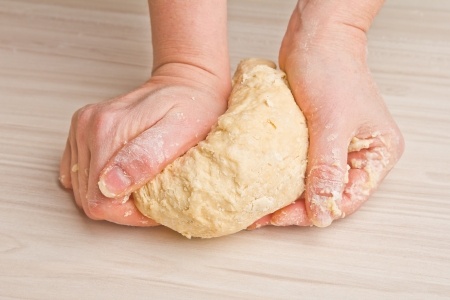
I cannot tell you how many bread recipes call for turning the dough out on a floured surface. But we have already established that adding extra flour is not a good idea.
The solution is pretty simple. Spray a light mist of olive oil or pan spray on your counter and your hands. You can also use a touch of melted butter. Now you can shape the dough without sticking, so you won’t be tempted to add any extra flour.
Even if your dough doesn’t call for any fat, a small amount of oil on the counter will not adversely affect the dough. On the contrary, that tiny amount of added fat will probably help to keep the bread from staling too quickly after baking. If you don’t like adding oil, a light spritz of water will do the same thing.
Use a bench scraper to scrape any dough sticking to your counter. I have found that using a bench scraper (bench knife) also helps to keep me from reaching for additional flour.
#5 . The Windowpane Test
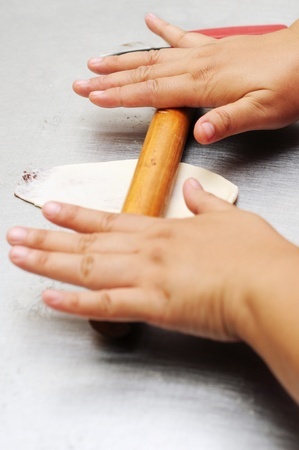
The purpose of kneading is to develop gluten. Gluten is a protein formed when two other proteins, glutenin, and gliadin, combine with water and then get agitated–stirred, mixed, or kneaded. (Incidentally, that’s why when you make some baked goods, you mix minimally and gently once you add liquid to the flour. You don’t want much gluten to form in the case of cakes, pancakes, and muffins).
But how do you know when enough gluten has formed to make your bread rise and get a lovely chew? It’s called the windowpane test. After kneading for several minutes, tear off a small piece of dough (if it stretches a lot before pulling away, that is another good indicator of good gluten formation).
Roll the dough into a small ball and flatten it into a disc. Start rotating and stretching the dough as if making a tiny pizza. You should be able to get the dough thin enough that it gets nice and translucent before tearing. If the dough tears before stretching out nice and thin, you know you have more kneading.
This test works best on white bread as the sharp edges of bran in whole wheat and other whole grains tend to cut some gluten strands. That’s why whole-grain bread tends not to rise as high as white bread. You should still be able to stretch the dough into a windowpane, but you won’t be able to get the dough as thin.
#6 . A warm fast rise or a long cool rise?

A bread dough that rises in a warm place rises more quickly than a bread dough that rises in a cool place. A faster rise will allow you to enjoy your bread much sooner, but you’ll get a better flavor from a longer, slow rise.
Most bread recipes call for two rises. The first in a bowl and the second after shaping. If you have the time to refrigerate your dough overnight after shaping, go ahead. Then, the following day, pull the dough out, let it come to room temperature, and finish its rise before baking.
Knowing how to manipulate rising time can help if you suddenly get called away in the middle of your bread-baking day. As long as it is well covered, refrigerating the dough at any point before baking is perfectly acceptable. And it is much preferred over leaving the dough out on the counter to overproof.
#7. Slashing/Washing/Finishing.
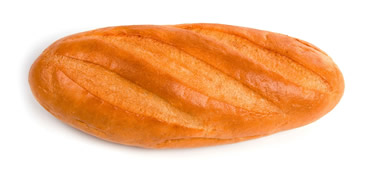
Slashing the dough before baking does more than make a pretty pattern on your bread. It also helps direct how the bread will rise in the oven. Have you ever baked a loaf of bread and ended up with a large air pocket under the crust? Well, slashing your loaf helps prevent this.
One long slash down the center is a nice finishing touch for a sandwich loaf. If you are baking a round loaf, a “Tic Tac Toe board” slash will let your bread rise evenly all the way around. For long, slender loaves like baguettes, a series of angled parallel slashes down the length of the dough gives you a classic baguette look.
Before slashing, brush the dough with egg wash, water, milk, or egg white. Now is the time to add some poppy seeds, sesame seeds, or whatever topping you want. You can also leave the bread plain.
#8 . Store Fresh Bread in the Freezer.
Unless I know that we will be eating all the bread I have made in one day, I let it cool to room temperature and then freeze it. With sandwich loaves, I go ahead and pre-slice. That way, when I want to make a sandwich or toast, I can pull out only the bread I need.
Go ahead and make your sandwich on frozen bread. It will be thawed and soft when ready to eat, especially if you send it in a child’s lunchbox.
You can also toast the bread straight from frozen. Either way, eating bread in a sandwich or as toast will taste as fresh as the day you made it for up to three weeks.
To freeze fresh bread, make sure it is completely cooled first. Then, slice (or not) and put in freezer bags. Press out all the air that you can and seal. Like a person-powered Food Saver, I sometimes use a straw to suck out even more air. I would not use a Food Saver machine to freeze bread as the vacuum created can smash the bread.

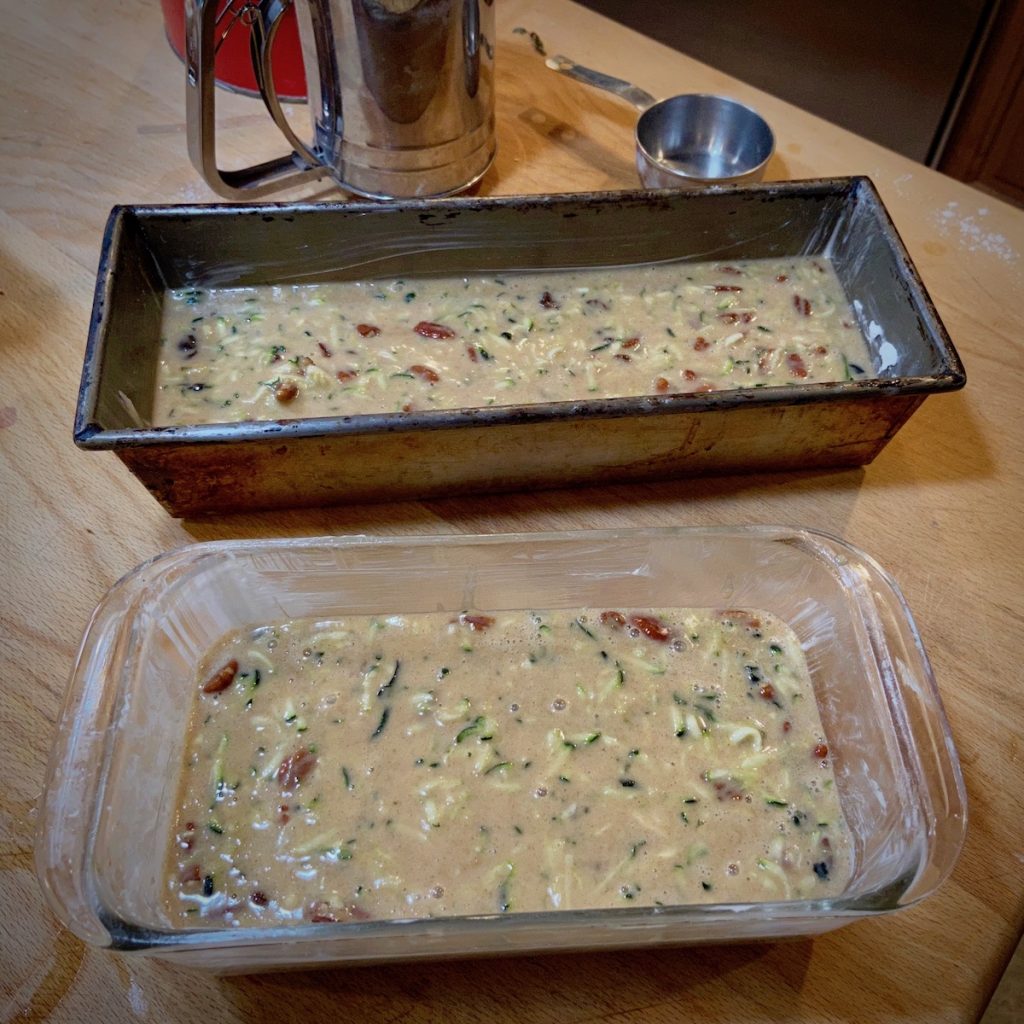


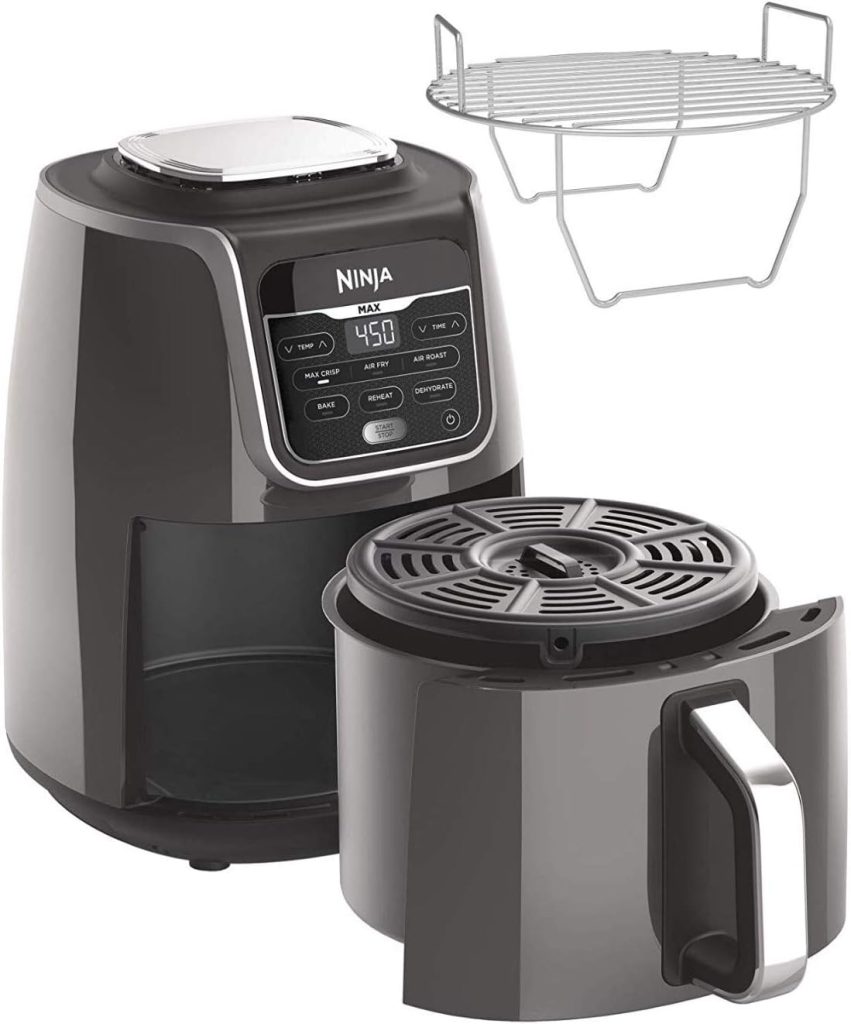
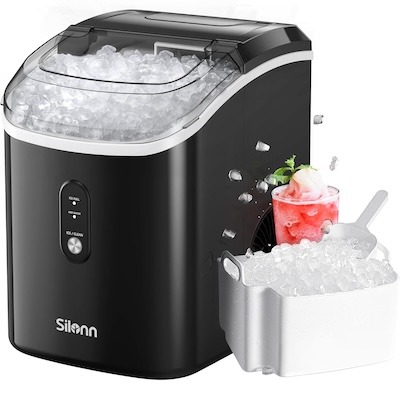
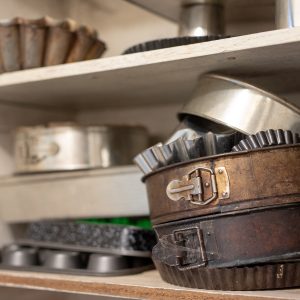
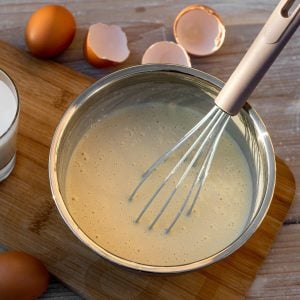

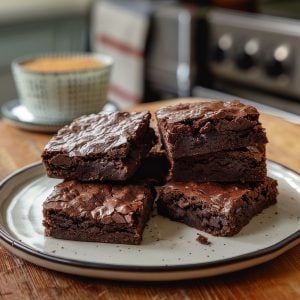
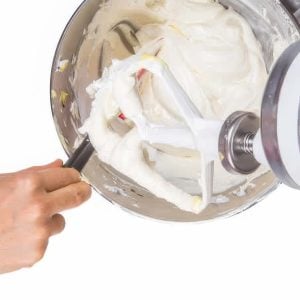
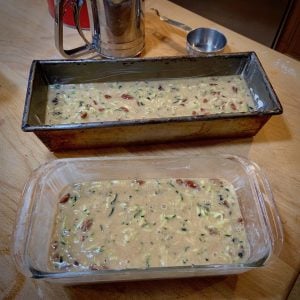
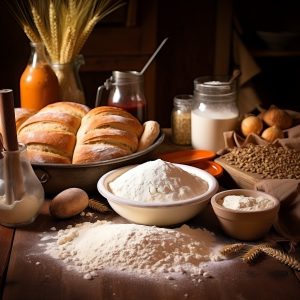
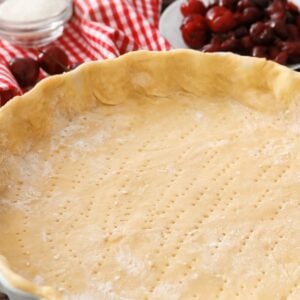


14 Responses
thank you for the best recipe for home made bread I have
come across! thanks for all the tips and explanations.
Thank you for all the tips! The only thing I do differently is slicing the bread partially frozen, so that I can get thinner, more even slices.
Hello,
I’m looking for someone to advise on the best bread roll or bun that can be made. Many years ago, I used to buy a particular high quality bread roll with sesame seeds on it. The roll was firm to grip; the colour of the roll itself was brown/dark brown; the inside was fluffy white; the seeds never fell of the roll, somehow ‘glued’ on to the surface. The smell and taste of the roll was powerful, like roasted sesame seeds but much stronger; its shape was almost like a ball; the skin was thin and crusty, but not overly ‘crunchy’.
The shop closed, and I haven’t been able to buy a similar product since. What is available is just a common bread roll, but the quality is just not the same. So, I’m looking to see if I can bake them myself as they may be a costly and perhaps difficult product to make.
If I may please ask if anybody knows the right ingredients and equipment to use to achieve an identical quality? Are we dealing with Italian OO flour, or a particular special oven to bake at a certain temperature, or unique additives such as, perhaps, malt, unique oils, or whatever?
Thanks. Jake.
These (and all the other baking questions) are by far the MOST useful tips on baking I have ever read. I have had so many unanswered questions and you have explained them so clearly n simply. I can’t thank you enough. I will take a look at the rest of the site …. I am sure it is just as helpful.
I always double bag my bread before freezing. Put the bread in one freezer bag, remove the air and then place in a second, remove the air. Works perfectly and I never get any ice crystals even if I leave it for a couple of month. Excellent tips – Thanks
To vacuum seal the bread: Let it cool to room temp and then wrap well in freezer paper. Freeze for 2-4 hours in the freezer paper (until solid) and then vacuum seal wrapped in the freezer paper just as you do anything else. To thaw, just remove the freezer paper wrapped bread from the vacuum bag and let it come to room temp out of the vacuum bag. Vacuum sealing and freezing can extend the useful life up to six months and is an excellent way to conserve energy and effort by baking up batches at a time. The same method is effective with quick breads, muffins, and biscuits. Just be sure to remove from the vacuum bag while thawing.
Thanks for those tips.
how do you keep the dough from falling when you try to put a slit on the top of the loaf?
We use water to spilt top
Proofing the dough is another important factor while bread making and must be duly given time as well as temperature for complete aeration.
I have been baking multi-grain bread for over 10 years, and it has worked satisfactorily. I’m not aware that I have done anything differently; however recently the bread has been fully raised and ready to bake as always. But something happens after I place it in the oven. After the full backing time, when I remove the loaves from the oven, I discover that the bread has collapsed. I have tried several different things:1. making sure I have fresh yeast; 2. making sure that I don’t jar the raised bread pan as I place it in the oven; 3.checking to make sure the temperature of the gas oven is exact. Do you have any suggestions of things I can do to result in a satisfactory product?
Hi John, are you using all-purpose or bread flour? I use bread flour because it has more gluten and rises better. Also, consider decreasing the amount of multi-grains a bit and increasing your proof times. Good luck!
Hi John. I’ve been making bread for years. What you describe could be the result of letting the dough rise too high before putting it into the oven. Doing so can cause space to develop between the crust and the crumb. It can also the loaf to totally collapse. Try putting the loaf in the oven BEFORE it rises as high as you think it should. It will continue to rise in the oven. Also, preheat your oven to a high enough temperature that the loaf will get an immediate blast of heat. I have an electric stove and usually set my oven to 425F for bread. You might need to experiment, but I’ve found that cooler oven temperatures don’t work well for most types of bread.
Thank you Skeezix for your help with John’s question.